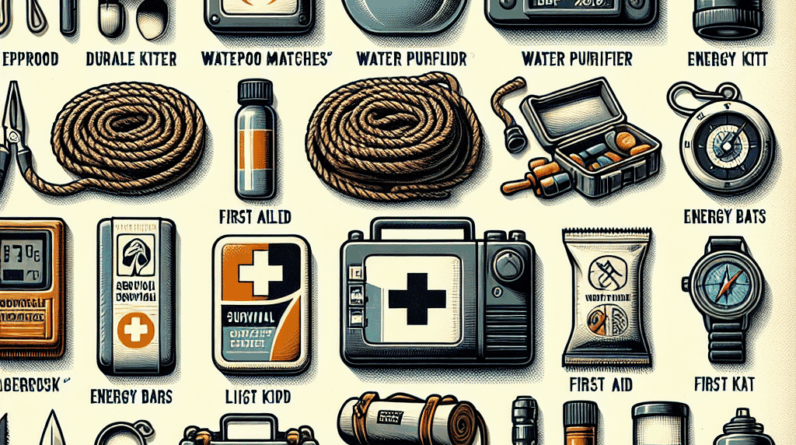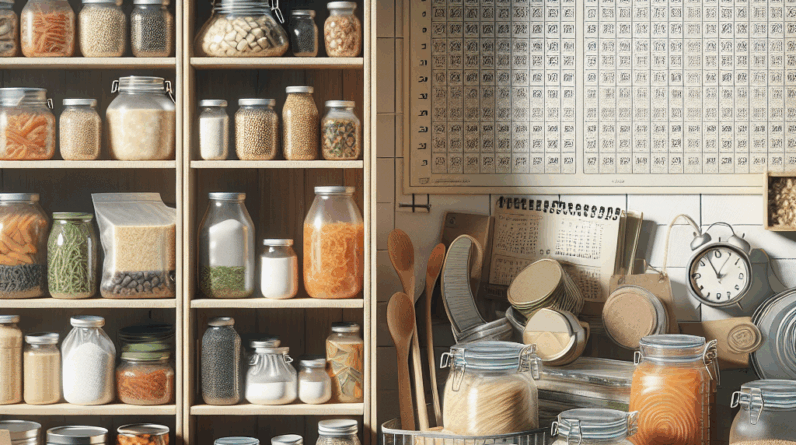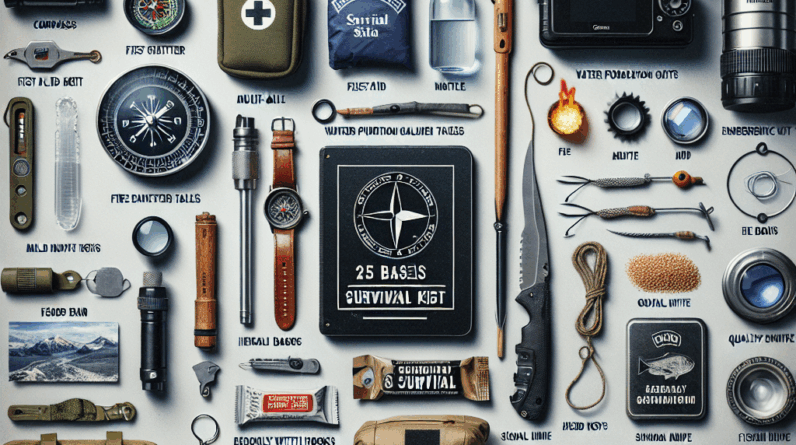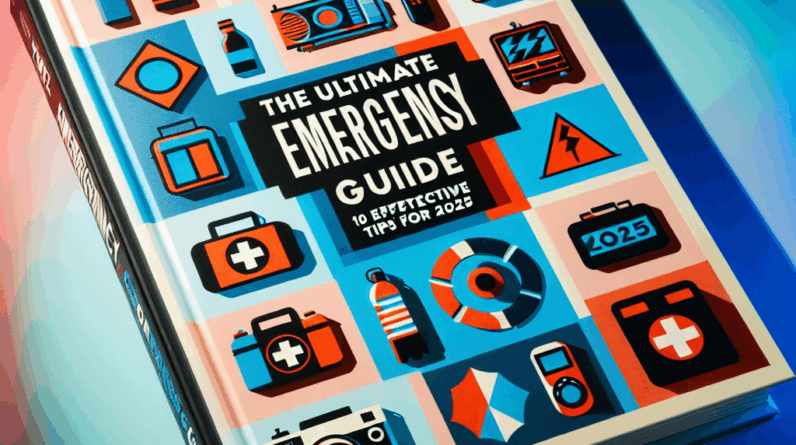
As we approach 2025, the importance of being prepared for emergencies has never been more critical. Whether facing natural disasters, power failures, or wilderness mishaps, having the right survival gear can dramatically increase your safety and comfort. This guide will walk you through a detailed survival gear checklist that caters to both experienced preppers and those new to emergency preparedness, ensuring you’re equipped to handle whatever challenges may come your way.
Emergency Food Supplies
In 2025, starting your survival gear checklist with a dependable supply of emergency food is essential. Non-perishable items such as freeze-dried meals, canned goods, and energy bars are ideal as they provide necessary calories and do not spoil quickly. It’s advisable to maintain at least a two-week supply to ensure sustenance during disruptions.
Experts in preparedness suggest rotating your food stock every 6-12 months to keep supplies fresh. Opt for high-quality, nutrient-rich foods that offer a balanced mix of proteins, carbohydrates, and fats, especially if emergencies last longer than anticipated.
Account for any dietary restrictions and include comfort foods to boost morale and mental resilience during stressful periods. Your survival food supplies are a critical element of your preparedness strategy.
Portable Emergency Rations
For scenarios requiring mobility, portable emergency rations such as MREs (Meals Ready-to-Eat) or compact energy packs are invaluable. These rations are designed to be lightweight and calorie-dense, providing rapid energy when needed.
Choose options with a shelf life of up to 10 years to maximize longevity. Regularly checking expiration dates is crucial to maintain the effectiveness of your survival gear over several years.
Incorporating portable rations ensures immediate access to nutrition during evacuations or unexpected situations, making them a vital addition to your 2025 survival gear preparations.
Water Purification Equipment
Having access to clean drinking water is vital for survival. Your 2025 checklist should include advanced water purification tools such as portable filter bottles, gravity filters, or UV purifiers, capable of eliminating bacteria, viruses, and other contaminants.
Research indicates that 60% of survival scenarios involve water-related challenges. It’s wise to have multiple purification methods for redundancy and enhanced safety. Pair physical filters with chemical treatments for comprehensive protection.
Invest in robust, easy-to-operate equipment that can accommodate various water sources, from rivers to rainwater, broadening your options for clean water.
Water Storage Solutions
Properly storing water is just as crucial as purifying it. Utilize BPA-free containers, collapsible tanks, or large drums to ensure you have ample water supply, with at least one gallon per person per day for a minimum of three days.
Regularly inspect and clean your storage and purification systems to prevent contamination and maintain operational effectiveness. Emergency water storage is a cornerstone of thorough preparedness and is essential for managing hydration during crises.
Frequently Asked Questions about the Survival Gear Checklist 2025
1. Why is creating a survival gear checklist important in 2025?
Creating a comprehensive survival gear checklist helps organize essential tools, supplies, and knowledge, preparing you for emergencies. The increasing frequency of climate events and other uncertainties in 2025 makes this more crucial than ever.
2. How often should I update my survival gear checklist?
You should review and update your survival gear checklist annually or following significant changes in circumstances to integrate new technologies or replace expired items.
3. What are the most important items on any survival gear checklist?
Essential items include clean water sources, food supplies, a first aid kit, multi-tools, shelter equipment, and reliable power sources. Prioritizing these ensures you meet fundamental survival needs.
4. How can I ensure my survival gear remains functional over time?
Regular maintenance, testing, and timely replacement of expired or used items are crucial. Training in proper use maximizes the effectiveness of your gear.
5. Is it necessary to have specialized equipment for different environments?
Yes, tailoring your gear to specific environments like urban, wilderness, or coastal areas enhances effectiveness and prepares you for various scenarios.





